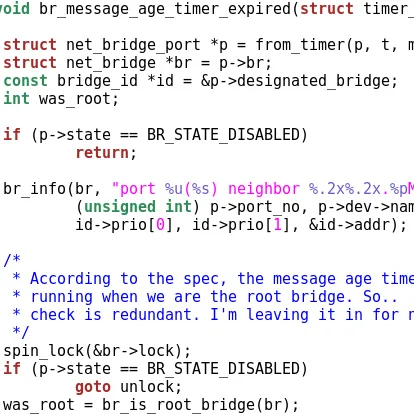Haiku OS Hopes For New 3D Stack

The Haiku OS project is looking for someone to either design a new 3D driver interface for them or to port over an existing 3D API to this BeOS-like OS. Gallium3D is mentioned as one of the driver interface possibilities, and there was already a bit of work done last year to support Gallium3D on Haiku OS, but not much headway was made.
Also described as part of the idea is "to write a compatibility layer to load binary Linux 3D graphics drivers." However, they still want to have their own 3D acceleration API for these graphics processor drivers.
While not graphics related, some of the other aspirations that the Haiku OS project has for possibilities to work on this summer include porting the ZFS file-system with read and write support along with EXT3/EXT4 and ReiserFS, implement IPv6 support, multi-monitor support, generic S/PDIF support, and ExpressCard support. There's also another interesting idea and that's the ability to allow the Haiku kernel to run as a user-land process on top of itself, like a virtual kernel and somewhat similar to what's possible with DragonflyBSD. With that, the developers are also interested in having this virtual kernel atop the Linux kernel or BeOS. This last idea is described in this bug ticket.
12 Comments

